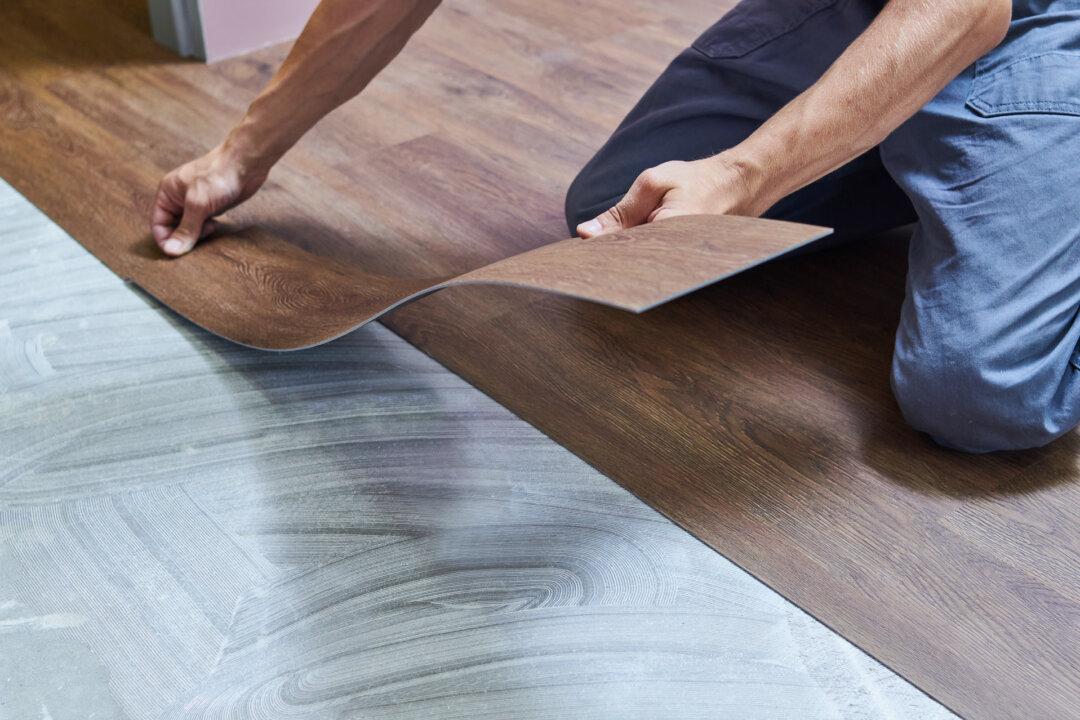There is no one best wall anchor design. The type of wall construction and the weight of the filled shelves are the primary factors to consider. If you are planning to do a garage, utility room, or basement, you will probably have to work with concrete and drywall.
I know you’re anxious to start drilling holes and attaching shelves, but first, plan what you want to store on the various shelves in each area. Also, consider what you might store in the future.
It’s essential to estimate the total weight that will be stored on each shelf. If you are not sure, err on the heavy side. You must know the weight in order to select the proper shelving and anchors.
I recommend purchasing shelving kits instead of trying to make your own from lumber because most kits list recommended weight limits. If you do build your own, make them extra strong and use pressure-treated lumber against any masonry walls.
Most home centers or hardware outlets have an adequate but limited supply of wall anchors. For the best selection, look up “fasteners” in your business Yellow Pages. Many of these commercial outlets have a huge selection and a knowledgeable staff to help you.
Install the shelves on the drywall areas first. This is easy to do, and it will build your confidence. You can just screw the shelf brackets into the wall studs. Make sure to hit the studs underneath. Use the hole in the bracket as a guide for the size of screw to use.
Now comes the more difficult and messy job: attaching shelving to concrete and concrete block walls. For solid concrete walls, I typically use a one-piece expansion anchor. A small 3/8-inch anchor can resist more than 1,000 pounds of force.
Before drilling any holes, lay out the hole locations on the wall, making sure they are level. This is absolutely essential. If the holes aren’t in line, it can put uneven stresses on the shelving and on the anchors. Also, if the shelves aren’t level, items on them tend to “walk” from small vibrations.
Drill the holes the same diameter as the anchor in the concrete wall. The recommended drill size is often stamped on the anchor. Take a small hammer and drive the anchor into the hole. As you tighten the nut on the end of the screw, the metal anchor expands and grips inside the concrete wall.
Hollow concrete walls are easier to drill and work with. I like to use a metal shelf anchor. Insert the anchor through the hole and tighten it. As you tighten the anchor, the expansion cone swells, trapping it in the concrete block.
When selecting the anchors, you may see two strength ratings: pull and shear. Pull strength refers to how many pounds of force it takes to pull the anchor out of the hole. The shear strength refers to the maximum weight the anchor can handle before the bolt shears off at the wall.
The anchor pull strength is the one that you should generally be more concerned about. A longer anchor normally has greater pull strength. For example, a 3/8-inch, 2 1/2-inch-long expansion anchor has a pull strength of about 1,300 pounds. A 3 1/2-inch-long one has a pull strength of about 2,100 pounds.






